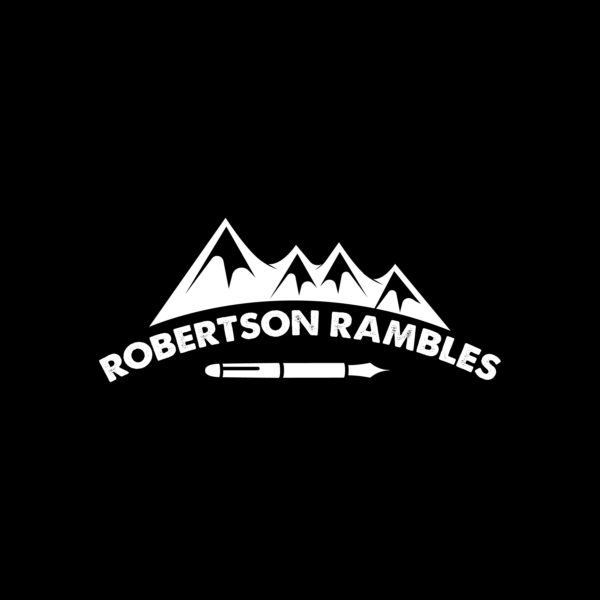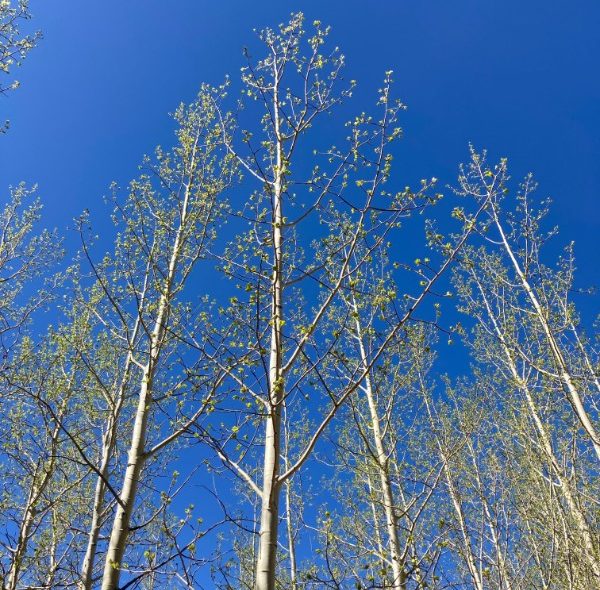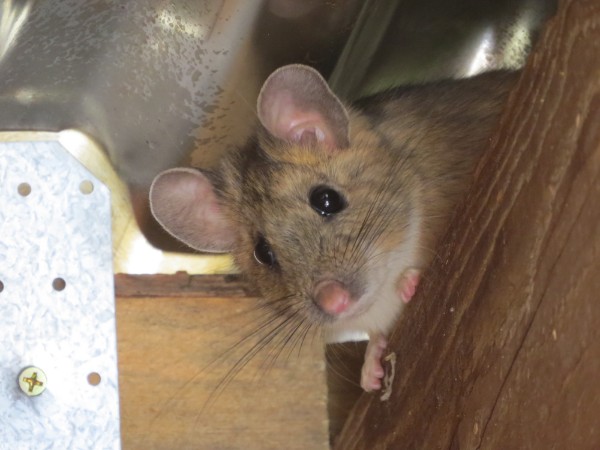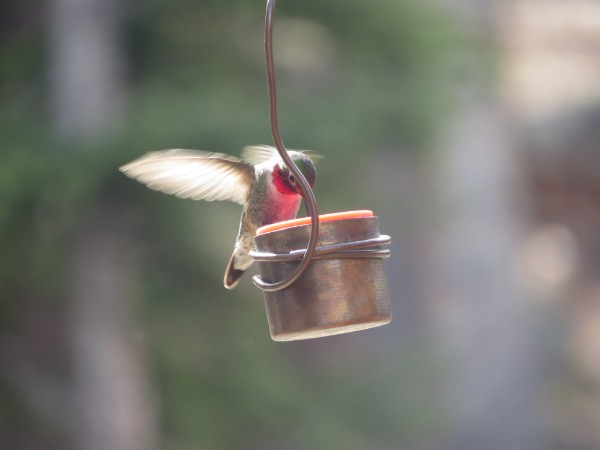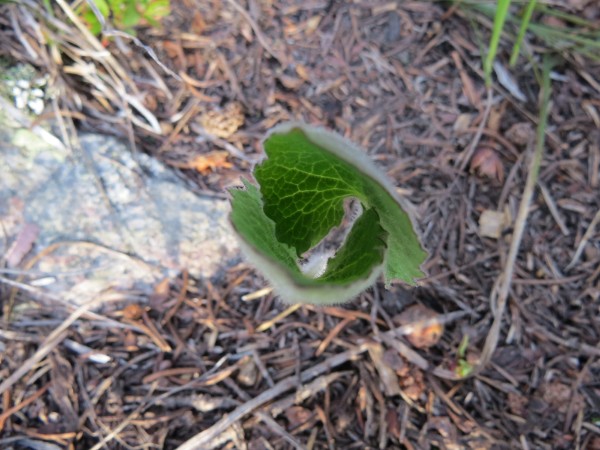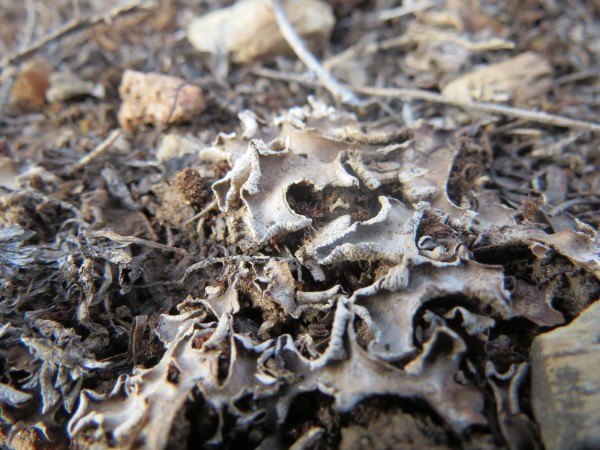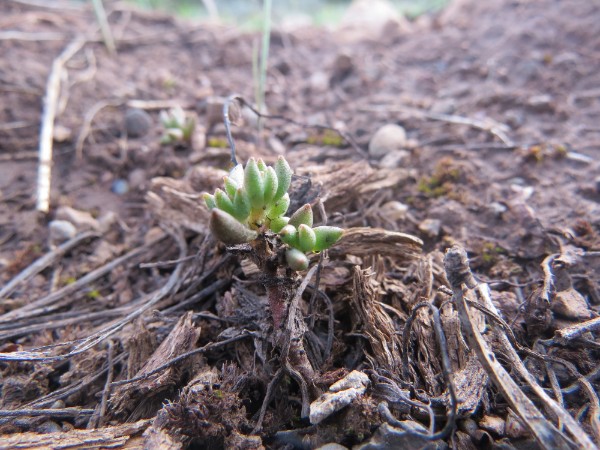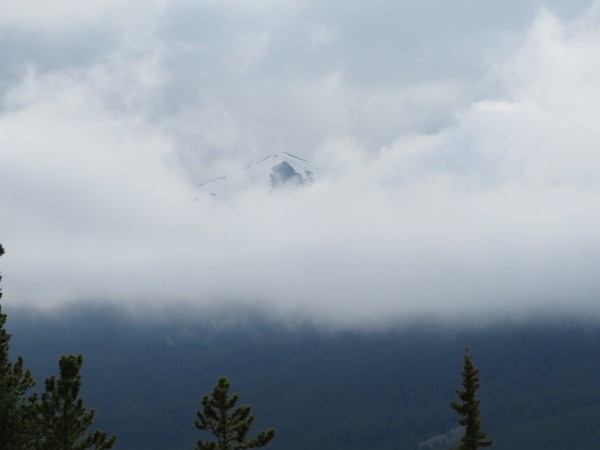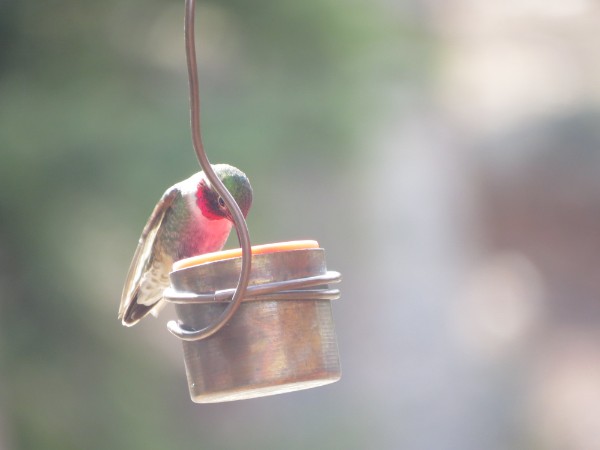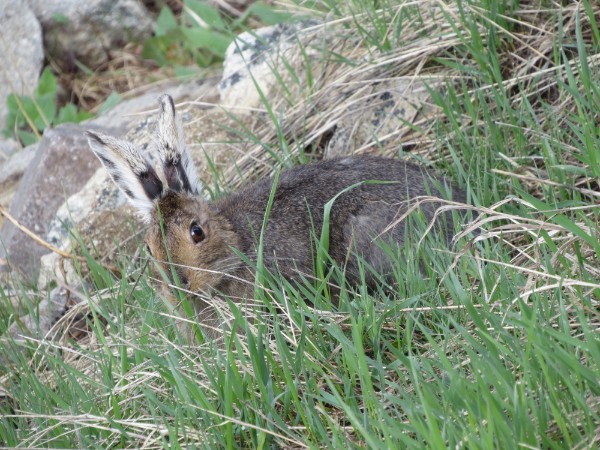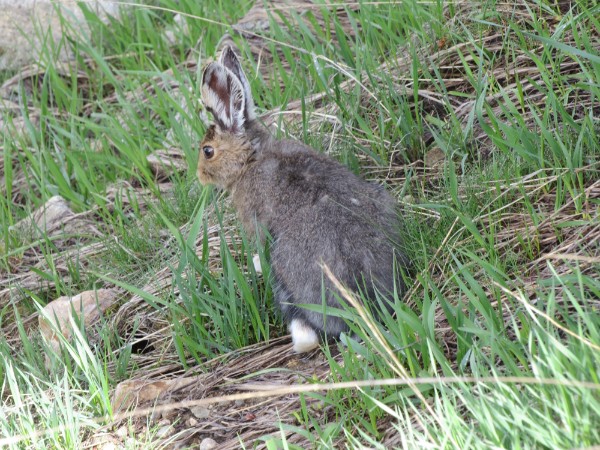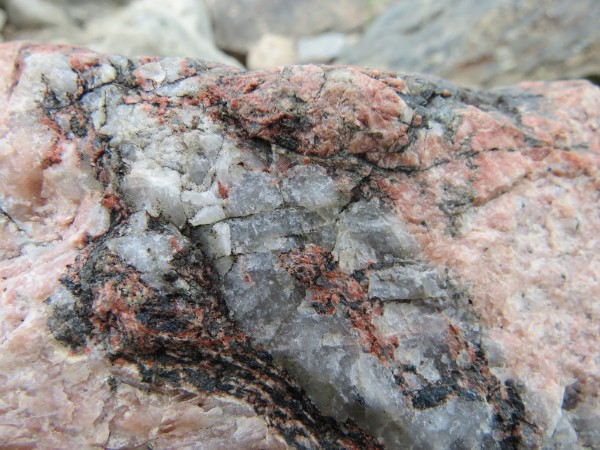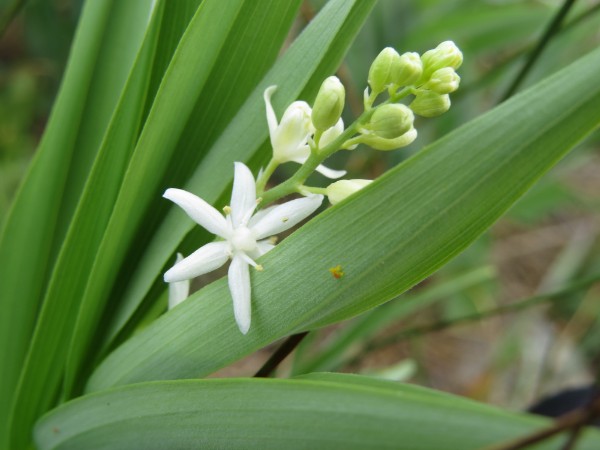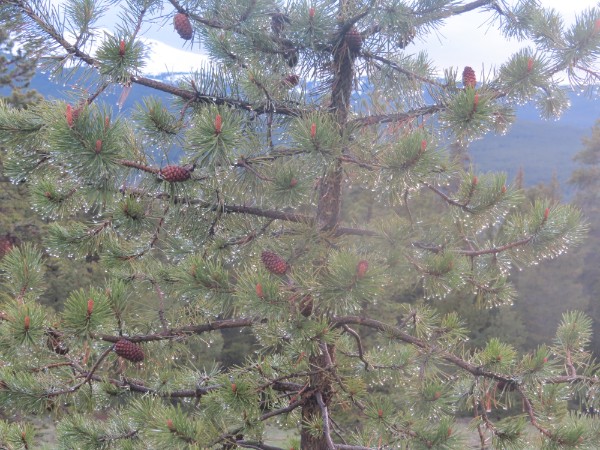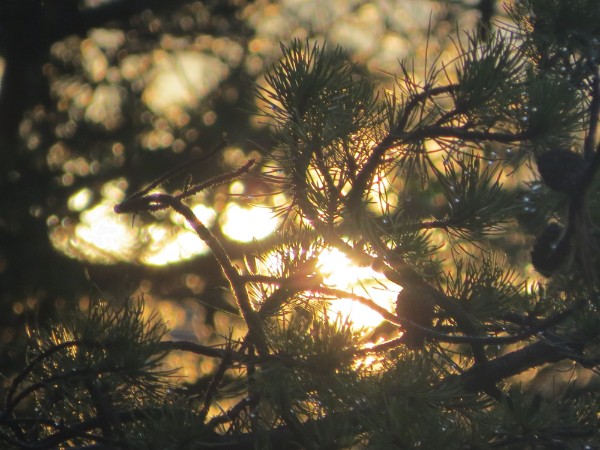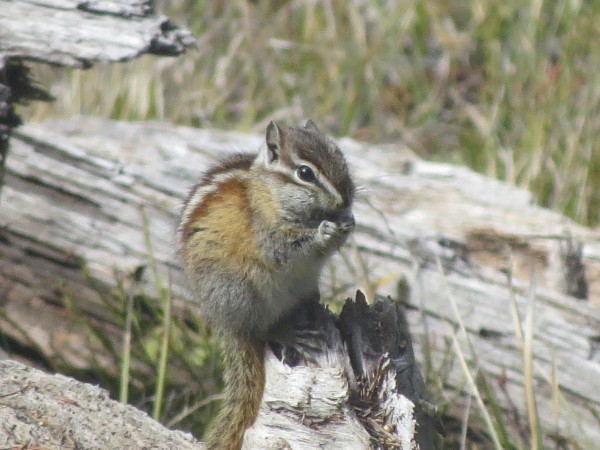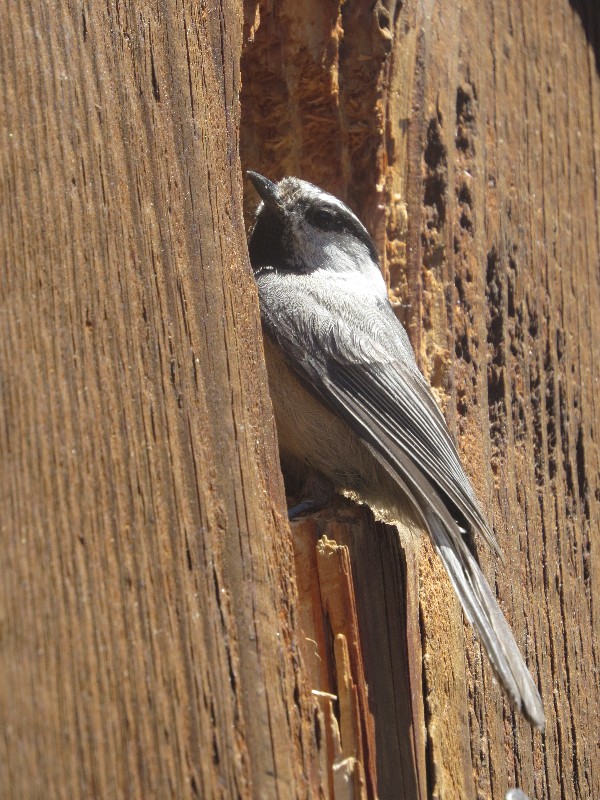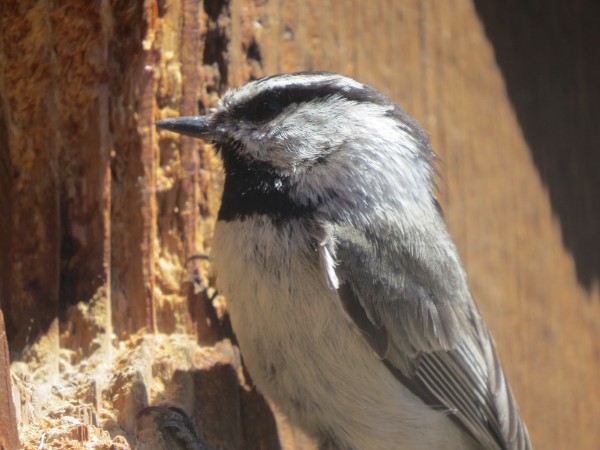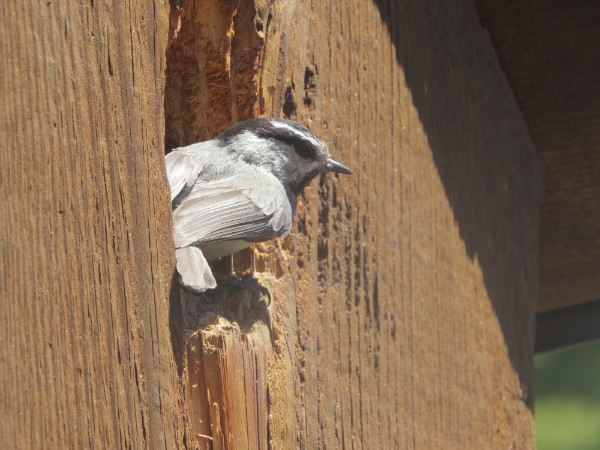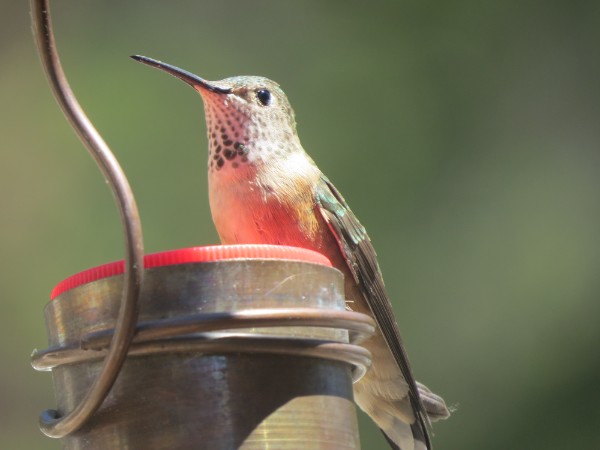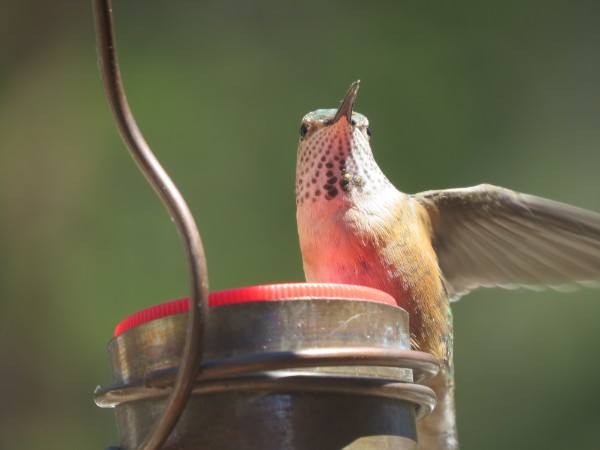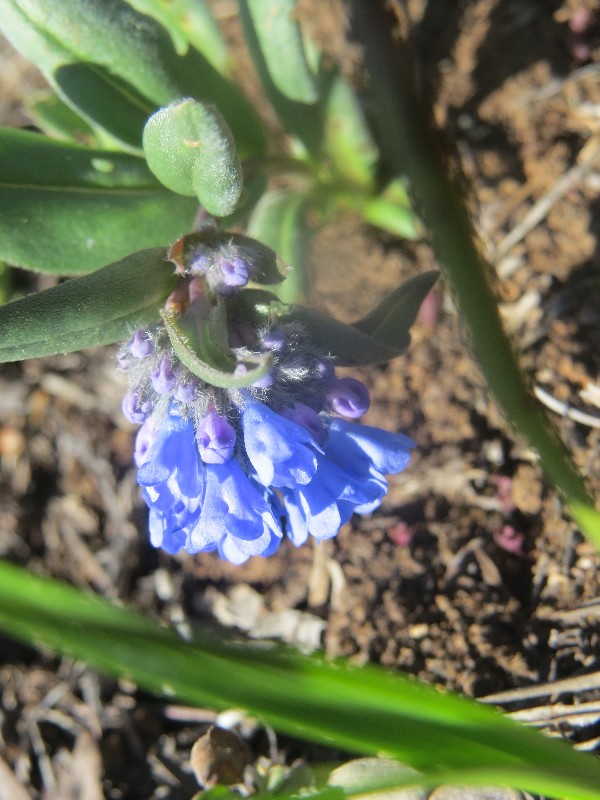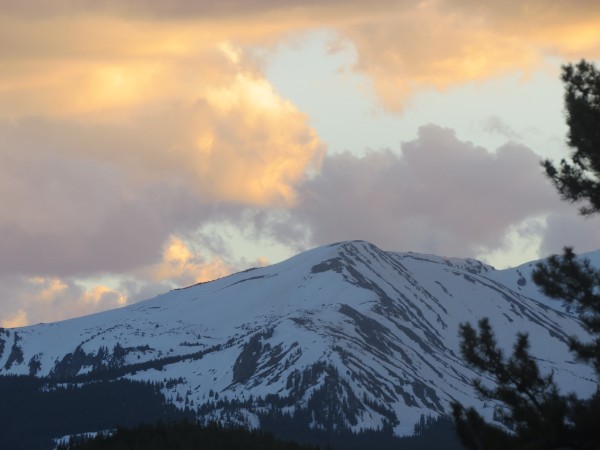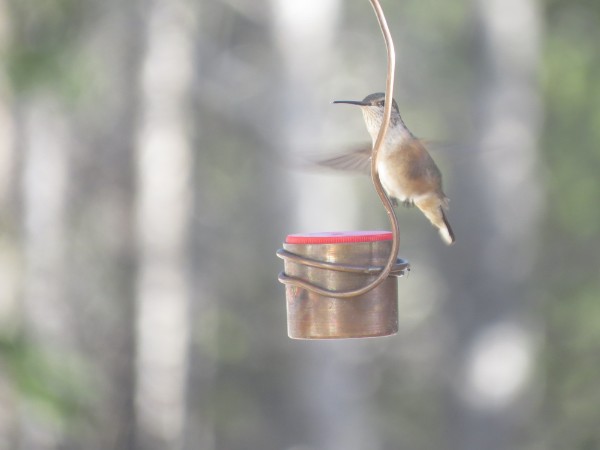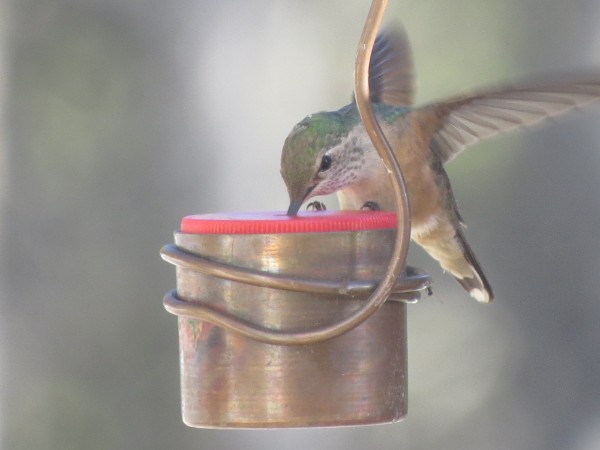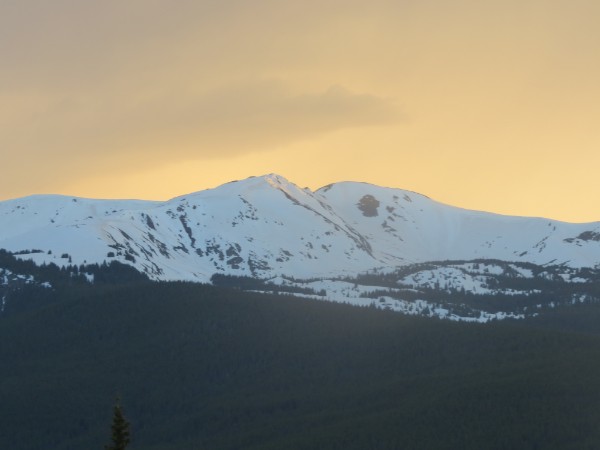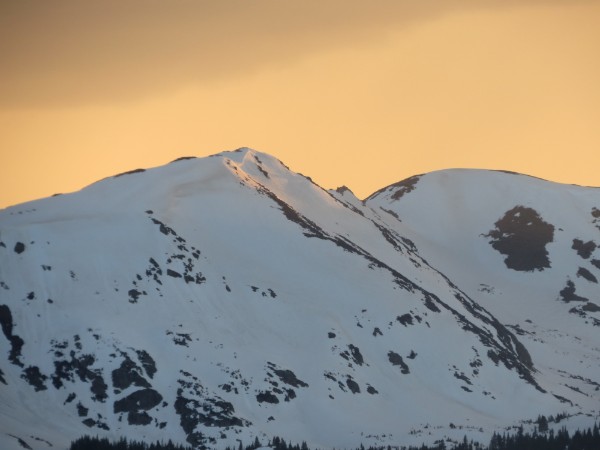This is in response to a prompt from Aimee Nezhukumatathil’s webinar Nature as Inspiration and Transformation: An Intro to Nature Poetry: she provided a list of natural history facts for us to use as opening lines, and suggested we either title the poem “Quarantine” or “First Love.”
quarantine with hummingbirds
hummingbirds can fly backwards
backpedaling like alien spaceships
zipping through the air
with the putt-putt of a Jetson flying car
diving and swooping like stunt pilots
dancing a mesmerizing U
in front of a potential mate
they’re the shiny movement to our days now
allowing us more liberties
each day that we prove our harmlessness
(they’ve kissed both of my sons on the head now –
what a gift)
o hummingbird
I will make myself so small
as to climb upon your back
and together
you’ll take us backwards
days weeks months
back to rubbing shoulders with strangers
to holding the door for someone
to playing basketball
and singing open-mouthed together
I’ll hold on to your back
green like sparkling lime rind
and close my eyes
while you fly us to safety
take us back to Friendly and Open
figure 8 those wings until
we’re breaking bread with neighbors
to seeing and reading lips
that say come closer
until, hummingbird,
you kiss someone else’s head
leaving the scent of spider silk
and celery-grey lichen
in their mop of uncut hair
